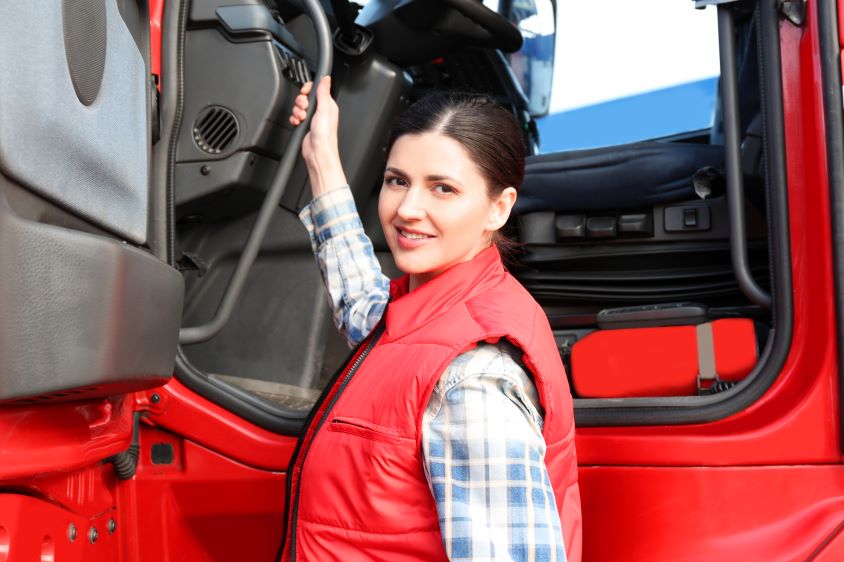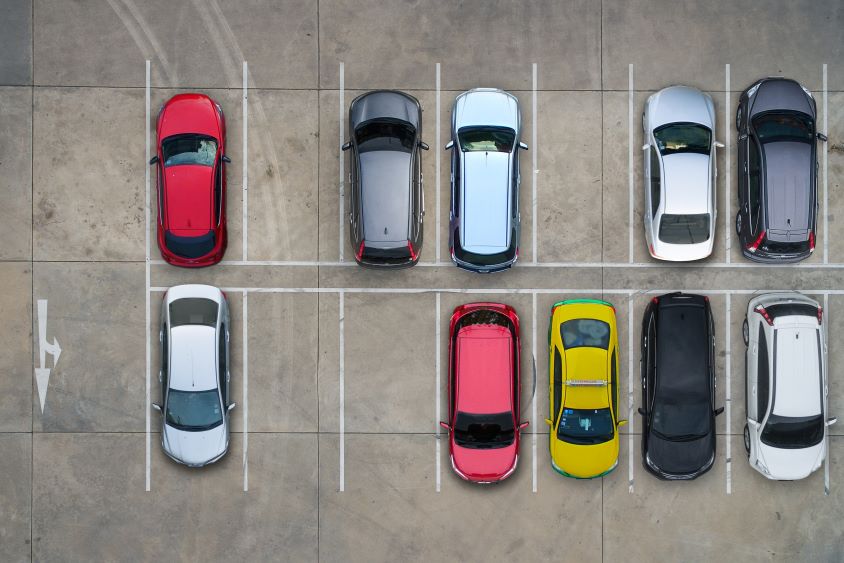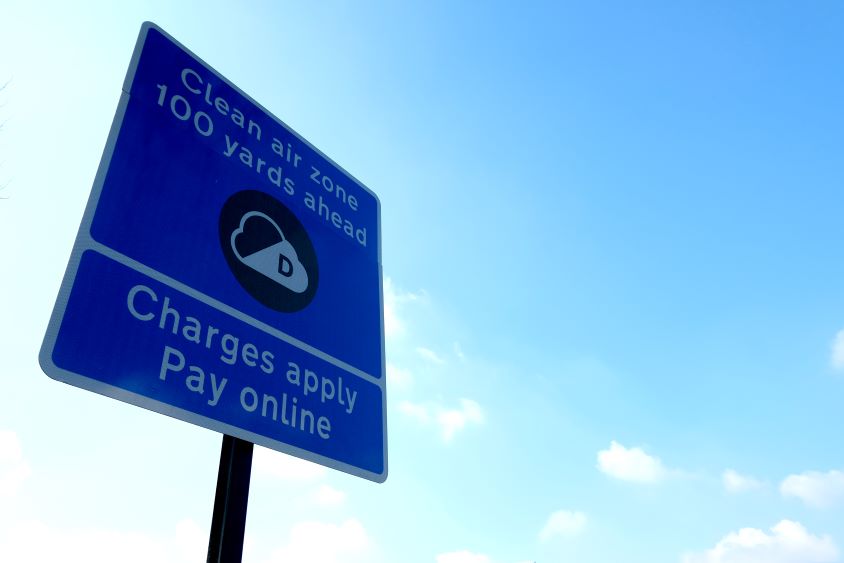Since October 2020, the Direct Vision Standard has been in effect in the Greater London Area. To drive in this area, HGVs will need to be assessed with the DVS star rating in order for drivers to get their safety permit.
But what do these new standards do, and how does complying improve the safety of all road users?
What is the Direct Vision Standard?
The DVS is in place to protect other road users by minimising the number blind spots in HGVs. This is part of the Mayor of London’s Vision Zero for London plan, which aims to eliminate all deaths and serious injuries from London’s transport network. There were 125 deaths on London’s roads in 2019 – a 12% increase from the previous year.
It is a permit that HGV drivers need to obtain before operating in the Greater London area. Said permit can be granted when the vehicle is proven to comply with the required safety standards.
The standard uses the DVS star rating system to determine how well a driver can see from inside their vehicle. With a 5-star rating, your vehicle is fully compliant with the DVS, meaning drivers have excellent vision and awareness their surroundings.
With 0 stars, your vehicle will need to have extra safety equipment fitted before you can apply for the permit. 0 star rated vehicles are currently banned until they can achieve a higher standard. It is also expected that a minimum of 3 stars will be required by 2024.
What can be done to improve the driver’s vision?
Cameras
The main problem to be tackled is the amount of blind spots a driver is likely to have. However, by fitting cameras to the side of the cabin, these blind spots can be monitored from inside the vehicle. Cameras fitted to the front and a rear of the vehicle will also increase the driver’s awareness of their surroundings. Since some HGVs are so tall, it is often impossible to see pedestrians or small cars directly in front of them – a camera with a live feed could fix this issue.
Sensors
With a series of sensors fitted along the side of the vehicle, the driver can be notified to the presence of a vulnerable road user such as a pedestrian or cyclist. This will alert the driver to the hazard, and will hopefully prevent them from turning whilst they risk causing harm to anyone next to them.
Warning alarms
In addition to the sensors alerting the driver to a hazard on their sides, exterior alarms can be fitted that will alert other road users when the HGV is turning. This is often only necessary when the vehicle is turning left, and can be activated when the driver begins indicating. The sound of the alarm can vary from a beeping tone or recorded speech that announces the vehicle’s next manoeuvre.
Why has the Direct Vision Standard been introduced?
The size and weight of HGVs is a necessity due to their application. However, this extra size and weight can increase the severity of any road accidents they might be involved in. Because of this, it has become a priority to improve the safety of HGVs.
The Direct Vision Standard introduces a type of quality check that determines how well the driver can see from the interior of their vehicle.
Because of the size and shape of HGVs, a driver’s vision is likely to be impaired. They are traditionally seated at a very elevated position, so they may not see if a pedestrian were to walk directly in front of their cab. With no rear mirror, HGV drivers may not be aware if a vehicle driving extremely close.
You may be familiar with the signage seen on HGVs that tells you something along the lines of “if you can’t see my mirrors then I can’t see you!”. Road users are generally aware of the lack of vision that comes with driving a HGV, and therefore tend to be more careful around them.
In a built up, urban area such as the centre of London, however, this becomes difficult. With HGVs sharing congested streets with small cars and plenty of cyclists, there are a great number of hazards to watch out for the drivers simply can’t see from their cab.
With the DVS, Transport For London hopes to greatly improve safety in this circumstance. Simply put, if HGV drivers can see more clearly, less accidents will happen, and lives could be spared.
How do you apply for a DVS permit?
The application process for the permit can be done through the Transport for London website. You’ll need the following information to apply for the permit:
- Operator and contact details (this could be the business that owns the vehicle).
- Confirmation of your vehicle’s DVS star rating from the manufacturer.
- If needed, certification of a zero-star rating.
More information can be found on the TfL website, and the requirements could change depending on your vehicle.
Want to prepare for the future and increase the star-rating of your fleet’s vehicles? Get in touch with our expert team at Tele-Gence today. They can help to fit your vehicles with the needed technology to improve your drivers’ vision and awareness.












